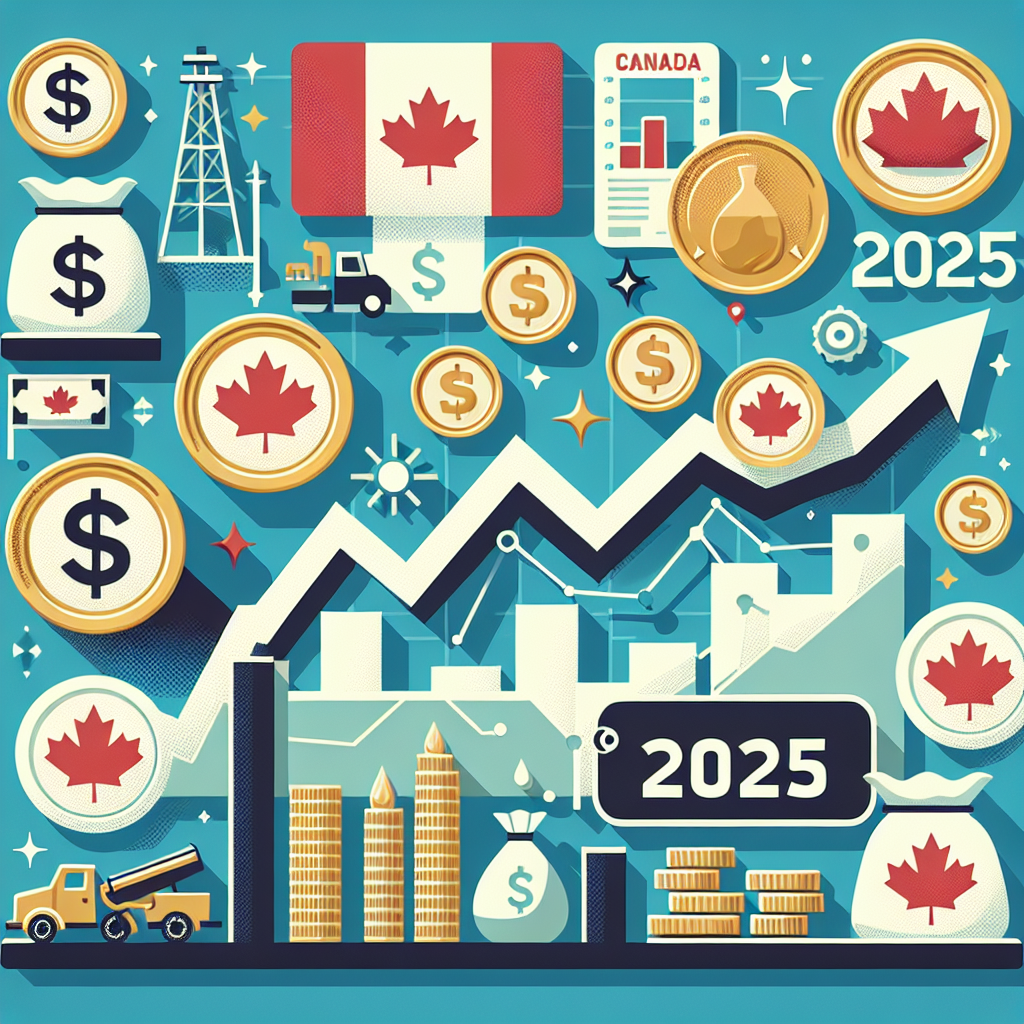Blog Post: Understanding Inflation Trends in Canada 2025: Insights and Implications
Introduction
As of April 2025, Canada is experiencing a transitional phase in its economic landscape, marked by significant shifts in inflation rates. With the Consumer Price Index (CPI) registering a decrease to 2.3% year-over-year in March 2025, down from 2.6% in February, it’s crucial for investors and consumers alike to grasp the implications of these changes. This post will explore the latest inflation trends, monetary policy implications, market reactions, and what the future may hold.
1. Consumer Price Index (CPI) Trends
The most recent CPI data from Statistique Canada reveals that inflation has slowed down, primarily driven by reductions in prices for essential goods and services. This is a critical development for households and businesses as they adjust their budgets to reflect these changes.
- Key Figures:
- March 2025: 2.3% YoY decrease
- February 2025: 2.6% YoY increase
- Decreasing Factors: Lower gasoline prices and minimized travel service costs have had a significant impact on consumer spending and price stability.
Visual Element: [Insert Line Graph showing CPI Trends from January 2025 to April 2025]
2. Monetary Policy Implications
The Bank of Canada predicts that while inflation may hover around 3% for the short term, the ultimate goal is to achieve a stable 2% target by mid-2025. This projection reflects a careful balancing act of maintaining economic growth while controlling inflation, which is vital for ensuring a stable financial environment for borrowing and investment.
- Insights To Note:
- Potential adjustments in interest rates could be on the horizon, which can have a ripple effect across various sectors of the economy.
- Overall sentiment may shift positively as stabilization becomes more evident, fostering confidence among consumers and investors alike.
Visual Element: [Insert Infographic outlining Bank of Canada’s Monetary Policy Strategy]
3. Market Reactions
The drop in inflation has sparked varied reactions across financial markets. With expectations adjusting, there’s a potential for increased demand for bonds as investors reassess risk and look for safer assets in this changing economic climate.
- Market Dynamics:
- Equity markets may respond favorably with improved corporate earnings outlook, as lower inflation could lead to increased consumer spending.
- The bond market could see growth as lower inflation supports fixed-income investments, providing stability for conservative investors.
Visual Element: [Insert Chart comparing Bond vs. Equity Market Performance Post-CPI Release]
4. Economic Indicators and Investor Sentiment
Continuing volatility in core inflation measures remains a concern. Analysts are now monitoring external factors, such as energy price fluctuations and continued supply chain disruptions, which could influence inflation dynamics in the coming months. Understanding these indicators is key for making informed investment decisions.
- Key Indicators:
- Core inflation measures remain significantly elevated, indicating underlying pressures that could resist further declines in inflation rates.
- Investor sentiment is cautious but gradually optimistic due to recent lower inflation data, prompting a strategic reassessment of portfolios.
Visual Element: [Insert Pie Chart depicting Current Economic Indicators Influencing Inflation]
Conclusion
The recent developments in inflation trends provide critical insights for investors navigating a fluctuating economic landscape. With clearer indicators and shifting monetary policies, stakeholders should remain vigilant yet adaptable in their responses. This evolving environment presents both challenges and opportunities.
Recommendations for Stakeholders:
- Engage with the latest data to stay informed about inflation trends and their implications.
- Remain updated on monetary policies that could impact investment strategies.
- Consider the slow recovery signs as opportunities for strategic investments in various asset classes.
Call to Action
Stay tuned for more updates on inflation trends and market analyses as we continue to monitor Canada’s economic journey in 2025!
Social Media Updates:
Update 1:
📉 Inflation Alert! Canada’s March CPI has dropped to 2.3%, down from 2.6% in February. Key factors? Lower gas prices and travel service costs! Stay informed! #Inflation #CanadaEconomy
Update 2:
🌍 The Bank of Canada anticipates inflation stabilizing around 3% in the near term with a target return to 2% by mid-2025. What do these projections mean for your investments? #InvestSmart #BankofCanada
Update 3:
📈 Investors are responding to the latest CPI data, anticipating strategic shifts in both bond and equity markets. Are you ready for the changes ahead? #MarketUpdates #Investing
Multimedia Elements: Ensure that the graphs, charts, and infographics mentioned are designed and integrated into the blog post and social media updates for a richer user experience.
By conveying these insights through various formats, we aim to educate and engage our audience effectively about the evolving economic scenario related to inflation in Canada as of 2025.
